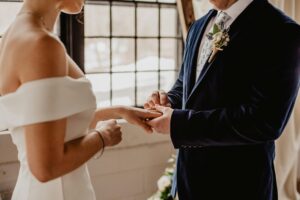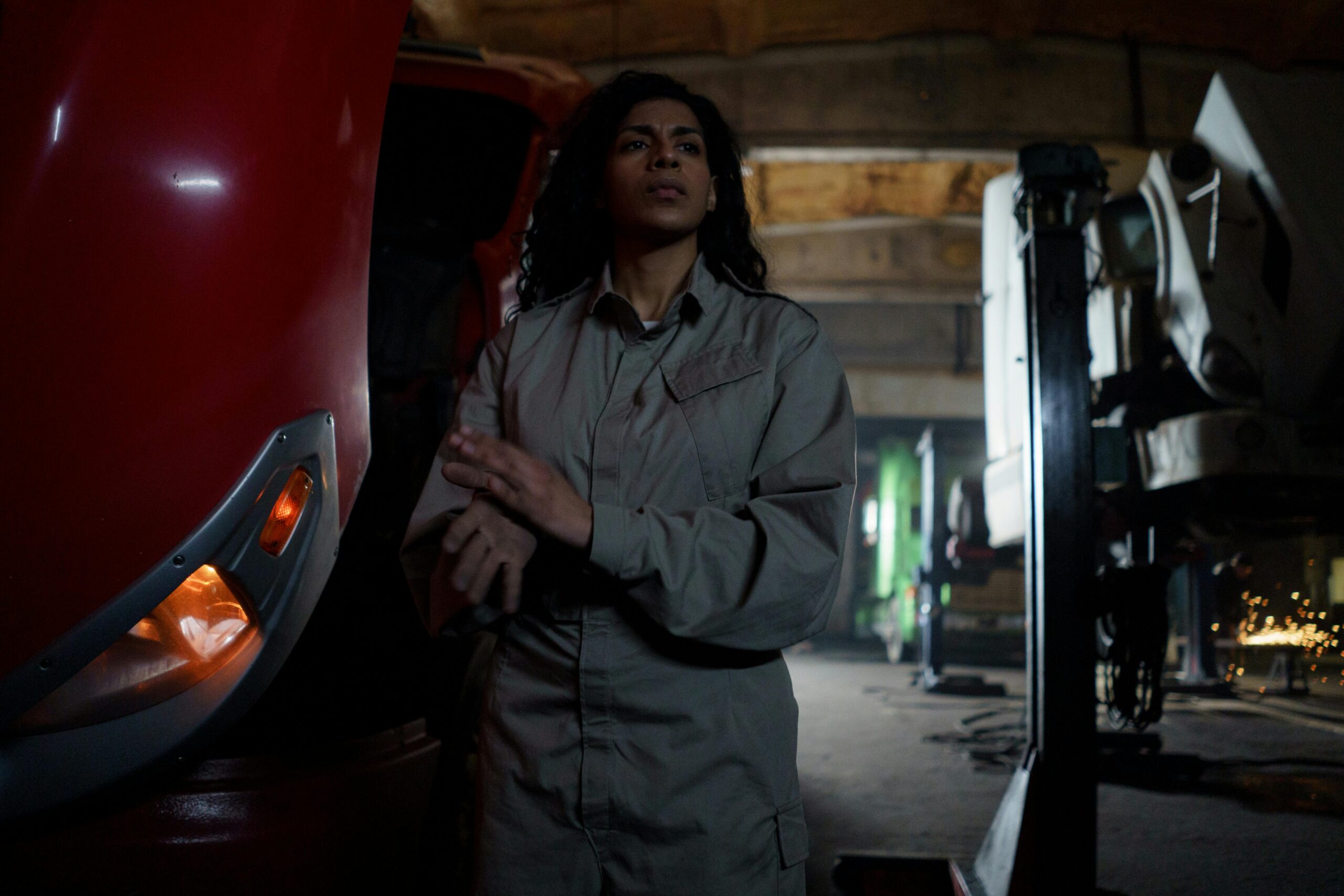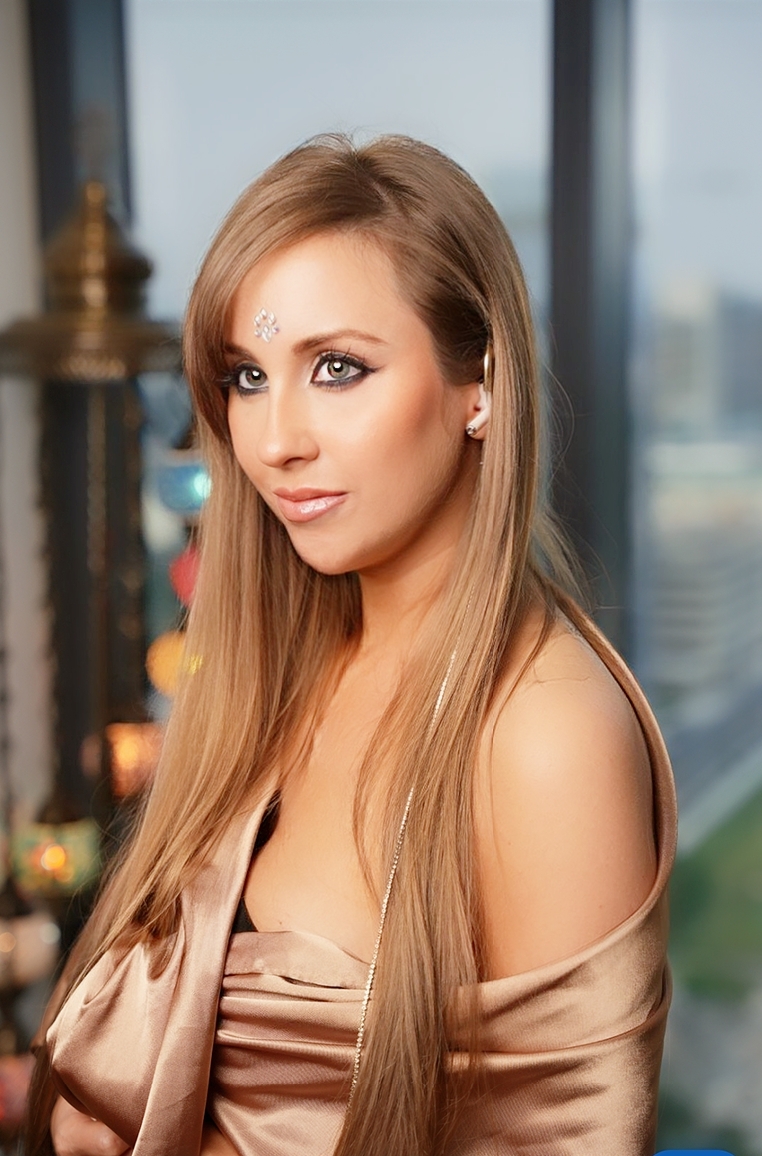In the vast historical tapestry of human relationships, the depiction of love and marriage during the Middle Ages often conjures images of chivalrous knights, fair maidens, and romanticized courtly affairs. Yet, beneath the surface of these romanticized tales lies a more nuanced reality, particularly regarding the rights and roles of women in matters of love and marriage.
During the Middle Ages, the institution of marriage was deeply entrenched in societal norms and religious doctrines, often overshadowing the agency of women in the process. While marriages were primarily arranged by families for reasons ranging from political alliances to economic stability, women were often regarded as pawns in this intricate game of power and influence.
One of the defining features of marriage during this period was the concept of coverture, wherein a woman’s legal rights and identity were subsumed by those of her husband upon marriage. This legal doctrine effectively rendered women as dependents of their husbands, with limited autonomy over their own lives and affairs. Consequently, women had little say in the choice of their spouses and were expected to fulfill traditional roles as wives and mothers within the confines of the domestic sphere.
Despite these constraints, women in the Middle Ages wielded a degree of influence within the realm of love and marriage, albeit within the boundaries set by societal norms. Noblewomen, in particular, often played strategic roles in negotiating marriages to advance their family’s interests or enhance their own social standing. Through alliances, patronage, and alliances with influential figures, women could exert considerable influence over the outcome of their marriages and shape their destinies to some extent.
Moreover, the concept of courtly love emerged as a cultural phenomenon during the Middle Ages, offering a romantic ideal that transcended the confines of arranged marriages and societal expectations. Central to the concept of courtly love was the notion of adoration and devotion between a knight and his lady, often portrayed in troubadour poetry and chivalric romances. While these ideals were largely idealized fantasies, they provided a space for the expression of romantic sentiments and elevated the status of women as objects of admiration and desire.
However, it is essential to recognize that these ideals of courtly love were largely confined to the aristocratic elite and did not reflect the realities of everyday life for the majority of women in medieval society. For the vast majority of women, marriage was a pragmatic arrangement governed by economic considerations and familial obligations rather than romantic ideals.
Despite the constraints imposed by societal norms and legal doctrines, women in the Middle Ages found ways to assert agency and autonomy within the confines of their roles as wives and mothers. From managing household affairs to participating in economic activities such as trade and agriculture, women played essential roles in sustaining their families and communities.
In conclusion, the portrayal of love and marriage in the Middle Ages reveals a complex interplay of societal norms, religious doctrines, and individual agency. While women were often marginalized within the institution of marriage, they nonetheless found ways to navigate and negotiate their roles, shaping their destinies within the constraints of their time. As we reflect on the historical realities of love and marriage in the Middle Ages, we gain a deeper appreciation for the resilience and resourcefulness of women throughout history.










